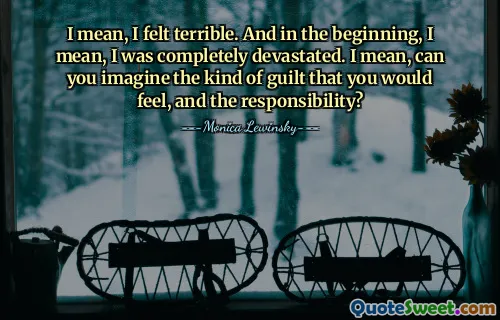
Writing the story of their own life allows the author to parse their story into examinable segments while continuing to engage in the act of communion and creation.
The quote eloquently captures the dual nature of autobiographical writing. It highlights how the act of writing is both analytical and creative—an opportunity for self-examination and a bridge for connection. When authors write about their own lives, they are not merely recounting events but dissecting their experiences, emotions, and choices into segments that can be reviewed, understood, and sometimes reinterpreted. This parsing process offers clarity and insight, allowing the author to better understand their journey, motivations, and transformations.
However, the quote also emphasizes that this process is far from cold or detached. Instead, it remains a vibrant act of communion—a connection between the author and themselves, and often between the author and their audience. Writing becomes an intimate dialogue where the author creates a shared space for meaning-making, fostering empathy and understanding. This creative communion is vital because it infuses personal narrative with life and emotional depth.
This perspective resonates profoundly with the struggles and rewards of memoir writing. It reminds us that our life stories are not static but dynamic, continuously shaped by the stories we choose to tell and how we tell them. It also speaks to the transformative power of storytelling—the very act of writing can serve as a form of healing and self-discovery. Ultimately, this quote beautifully synthesizes the analytical and soulful dimensions of writing one’s life story, emphasizing how narrative is a tool both for exploration and connection.











